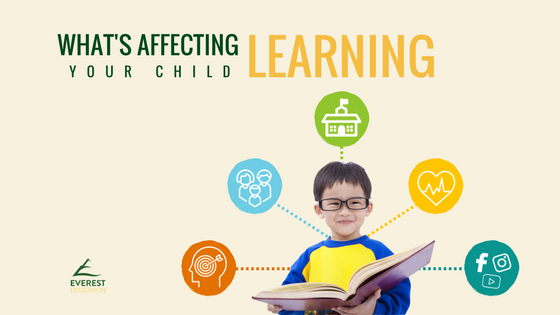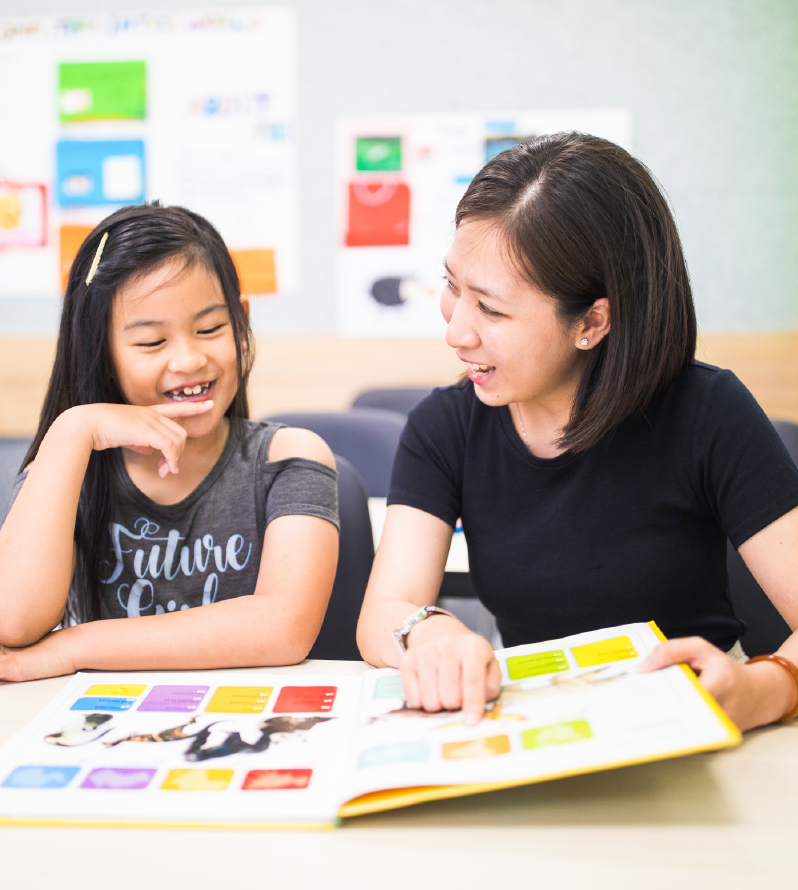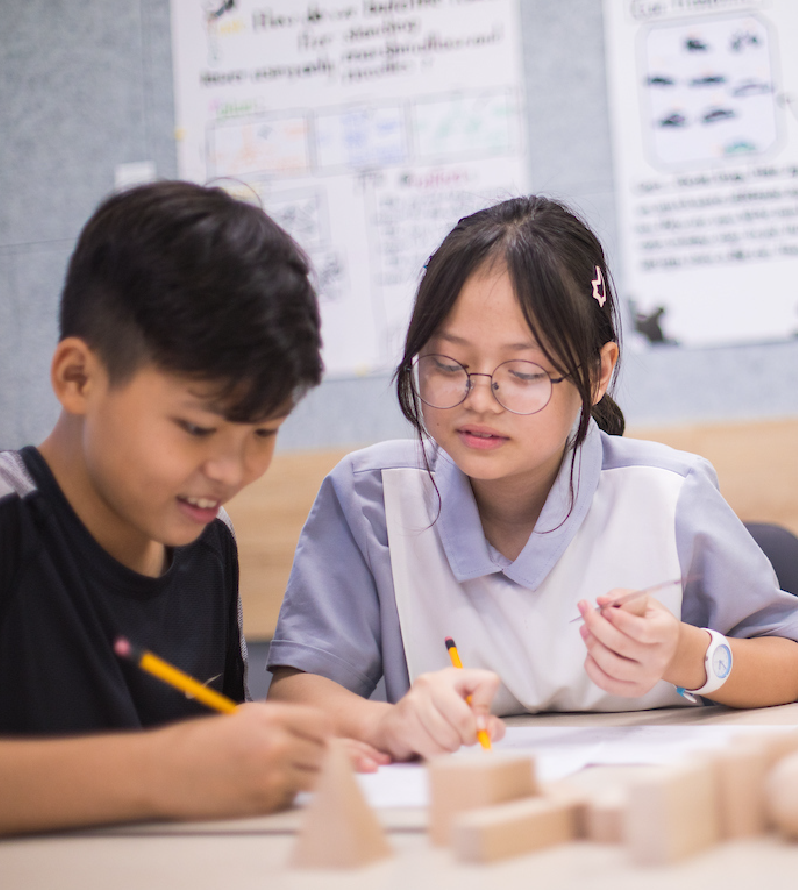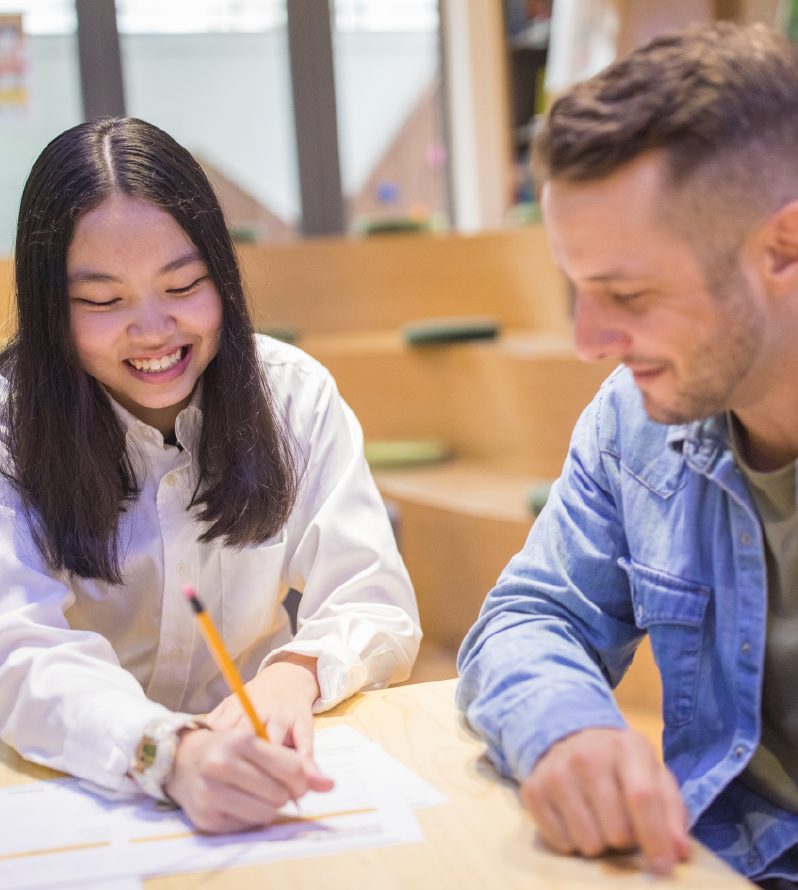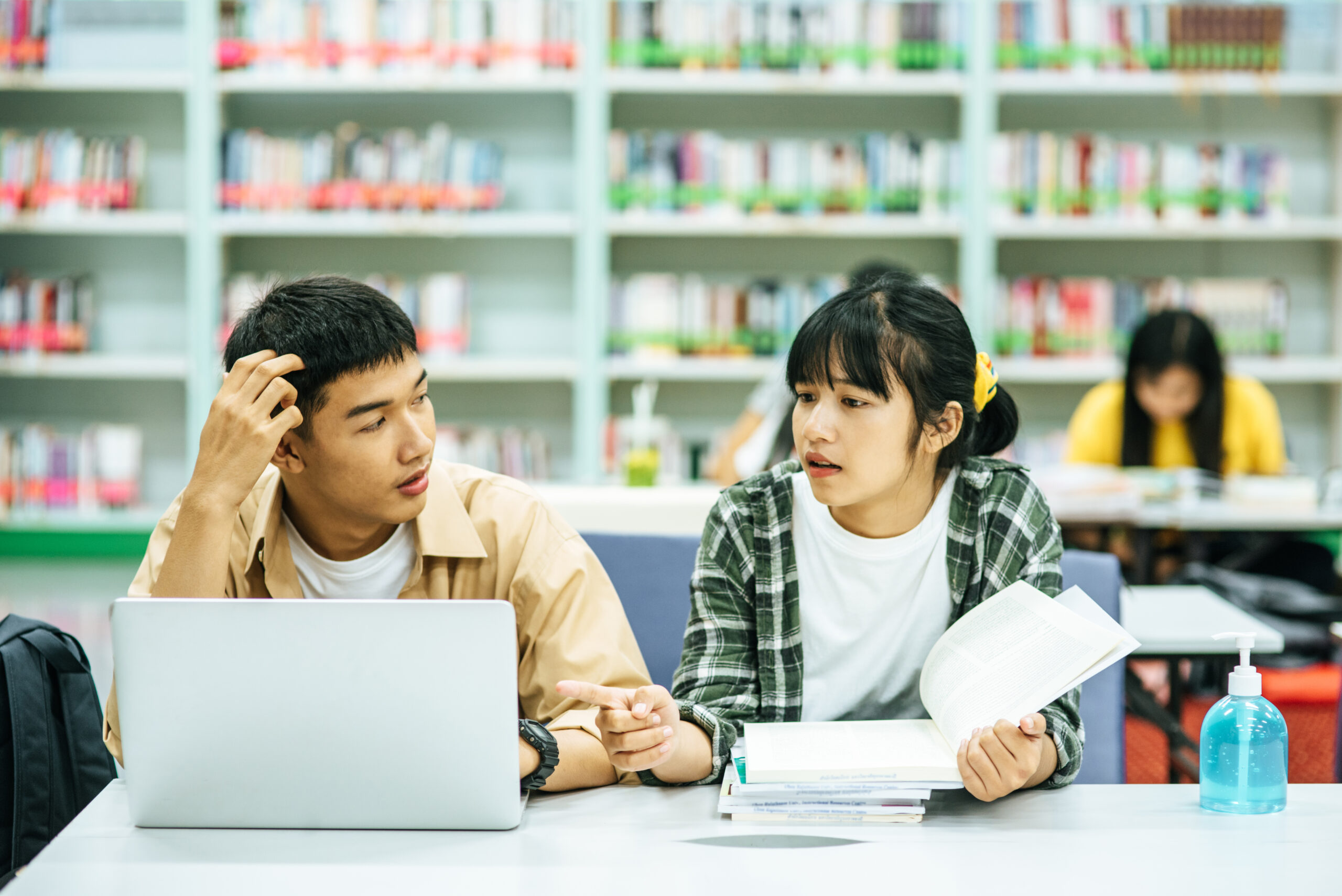The job of educators and parents is to design classroom experiences that will enhance motivation. If a child’s motivation for learning is driven by the fear of embarrassment in front of her friends, failing a test has bigger repercussions socially, and she will be afraid to take risks and challenge herself.
We see this all the time in our classrooms. So many times, children come to us afraid to make mistakes. They are scared of what the teacher thinks, or what their friends will think, or worse yet, what their parents might think of them. To combat this, some students will act out with disruptive behavior and refuse to do assignments that are harder. Others will have a defeatist attitude and not even put their full effort into assignments. Either way, they do not have the right mindset to learn.
We believe it is important to turn this attitude around by making sure all students understand they are unique and special, but they must try their hardest to achieve their potential. First, we emphasize that our environment is a safe learning space, where everyone is there to learn from each other. If a peer berates or smirks at a student who is doing poorly, we put an end to this swiftly. There is no bullying tolerated. Second, we praise the process, not the outcomes. We don’t care if a student has done well or poorly. What matters is their effort to practice good study habits and to apply what they have learned.
Once in this growth mindset, students can find joy in learning itself. A child’s aim will be to quench her curiosity, and a lower grade will not necessarily mean disappointment. She will find the link between effort and outcome, and thereby increase her effort, which eventually results in cognitive and intellectual development.



